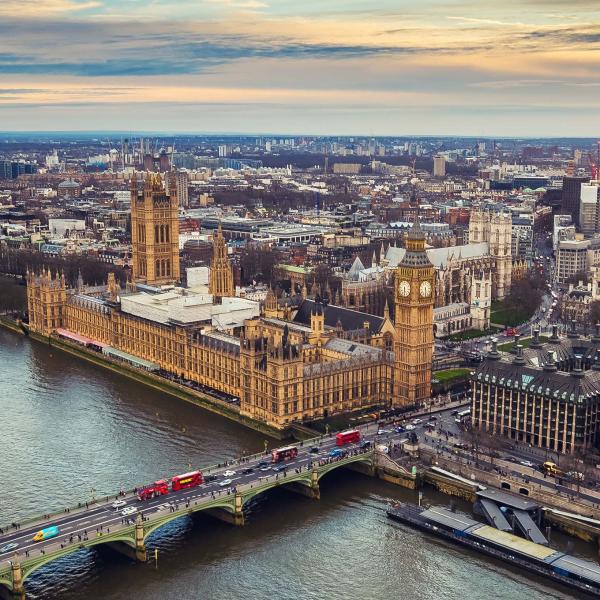Between 2009-10 and 2017-18, total school spending per pupil in England fell by about 8% in real terms, which compares with about 5% in Wales. The greater cuts in England are driven by a combination of a greater fall in spending by local authorities and school sixth form spending alongside faster growth in pupil numbers. As a result, the gap in school spending per pupil between England and Wales has been virtually eliminated. These are the main findings of new work by IFS researchers, which will be presented today in Cardiff at the Wales Public Services 2025 Conference.
Trends in spending across the UK reveal the different choices policymakers have made in response to overall cuts to public spending. In this new work, IFS researchers compare how school spending per pupil has evolved across England and Wales between 2009–10 and 2017–18. The main findings include:
Faster rises in pupil numbers in England place greater pressure on budgets
Total school spending in England has actually risen by around 1% in real terms between 2009–10 and 2017–18, whilst it has fallen by around 5% in Wales. However, because pupil numbers have risen by around 10% in England and been fairly constant in Wales, these have translated into faster cuts in spending per pupil in England (8%) than in Wales (5%).
Greater cut of 8% in total school spending per pupil in England
If you just look at money that goes directly to schools for pupils up to age 16 then school spending per pupil was protected in real terms under the coalition government and then cut by about 4% in real terms between 2015 and 2017. Our bigger estimated cut of 8% between 2009–10 and 2017–18 includes the additional effects of much larger cuts to school sixth form spending per pupil (25%) and local authority spending (55%). Local authority services include spending on home-to-school transport, additional support for pupils with special educational needs, central administration.
Smaller cut of 5% for total school spending per pupil in Wales
Although total school spending per pupil has fallen by 5% in real terms between 2009–10 and 2017–18, funding provided direct to schools has actually increased by 7% in real terms. As in England, the cut in total school spending has been driven by large cuts to school sixth form funding (22%) and local authority spending (38%) in Wales.
Gap in school spending per pupil between England and Wales virtually eliminated
In 2017–18 total school spending per pupil in England was about £5,870 which was just 2% – or £100 per pupil – above the £5,760 seen in Wales (both in 2018–19 prices). This is a modest difference, which will include funding for higher teacher salaries in London. The gap in spending is also much lower than in 2009–10 when we estimate that spending per pupil was about £300 higher in England than in Wales.
The estimated gap of £300 per pupil in 2009–10 is also lower than the Welsh government’s previous estimate of £600. Our lower estimate results from a combination of refined data sources and methods, which fully account for the differences in the school funding systems across the two countries.
Luke Sibieta, IFS Research Fellow, says:
"School spending per pupil has fallen by more in England than in Wales over the last eight years, virtually eliminating the gap in spending per pupil between the two countries. Policymakers in both England and Wales have chosen to protect spending directly allocated to schools for pupils under 16, and to make much larger cuts to sixth form allocations and to local authority spending. Schools in England have faced the additional pressure of a fast growing pupil population, whilst numbers in Wales have remained roughly constant."
Notes: Uncertainty regarding quality of data for England between 2010–11 and 2012–13 (inclusive) due to large numbers of academies missing from local authority spending data.
School spending per pupil in England and Wales between 2008–09 and 2017–18










